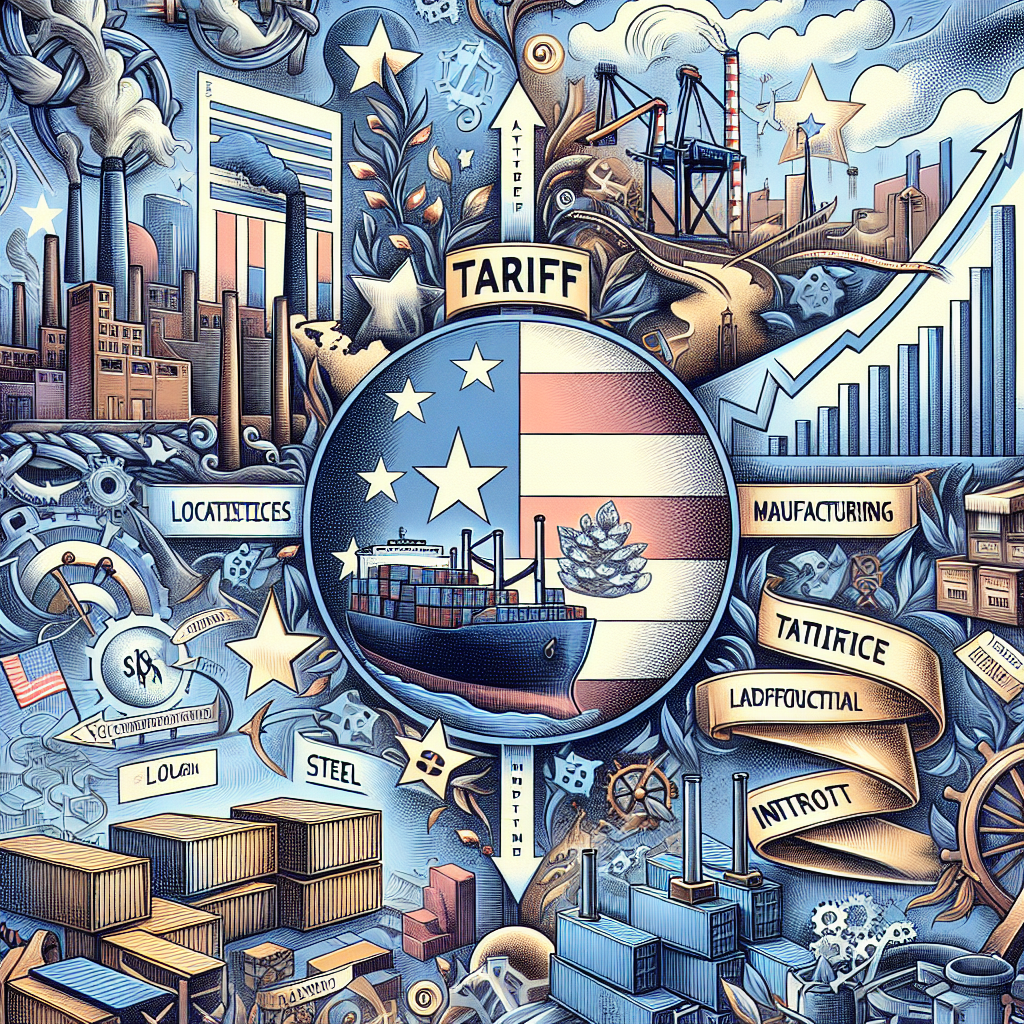President Donald Trump has implemented a comprehensive tariff strategy aimed at addressing the United States’ trade deficits and promoting domestic industries. This approach involves imposing tariffs on imports from key trading partners, including Canada, Mexico, and China, with the objective of recalibrating trade balances and encouraging domestic production.
In early 2025, the administration announced a 25% tariff on all Canadian imports, excluding energy products, which were subjected to a 10% tariff. Similarly, a 25% tariff was imposed on Mexican imports, and tariffs on Chinese goods were increased from 10% to 20%. These measures were justified under the International Emergency Economic Powers Act (IEEPA), citing the need to address persistent trade deficits and national security concerns.
The immediate effect of these tariffs was a significant increase in the cost of imported goods. For instance, the average tariff rate on imports to the United States climbed from 1.5% to over 3%, leading to higher prices for consumers and businesses. This increase in import costs was anticipated as a necessary adjustment period to stimulate domestic production and reduce reliance on foreign goods.
Despite these measures, the U.S. trade deficit has continued to grow. In 2023, the goods trade deficit reached $1.06 trillion, up from $750 billion in 2016. This trend suggests that while tariffs are a tool to influence trade balances, other factors such as domestic consumption patterns and global economic dynamics also play significant roles.
The administration’s tariff policies have also led to retaliatory actions from affected countries. Canada imposed 25% tariffs on $30 billion worth of U.S. goods, with plans for additional tariffs. China and Mexico announced similar countermeasures. These responses have introduced complexities into international trade relations, necessitating ongoing negotiations and adjustments.
Legal challenges have emerged regarding the use of the IEEPA to impose tariffs. Several lawsuits argue that the President exceeded executive authority, contending that the Act does not authorize the use of tariffs and that trade deficits do not constitute a national emergency. These legal proceedings are expected to progress through the judicial system, potentially reaching the Supreme Court.
The administration has also introduced the “Liberation Day” tariffs, comprising a baseline 10% tariff on all imports, with additional country-specific tariffs based on perceived unfair trade practices. This two-tiered structure aims to create a more balanced and fair trade environment, though it requires substantial administrative oversight to implement and monitor effectively.
While the immediate impact of these tariffs includes higher consumer prices and strained international relations, the administration maintains that these are necessary steps toward achieving long-term economic independence and strengthening domestic industries. The complexities introduced by these policies are acknowledged, and efforts are underway to address them through diplomatic channels and policy refinements.
The administration is committed to monitoring the effects of these tariffs and making necessary adjustments. This may involve expanding administrative capacities to manage the evolving trade landscape effectively. With time and dedicated resources, the intended benefits of these policies are expected to materialize, contributing to a more robust and self-reliant national economy.
—
James Foster writes on retirement policy, Medicare, and Social Security reform. He focuses on how entitlements are reshaped, funded, and debated as America faces long-term demographic and budget pressures.



